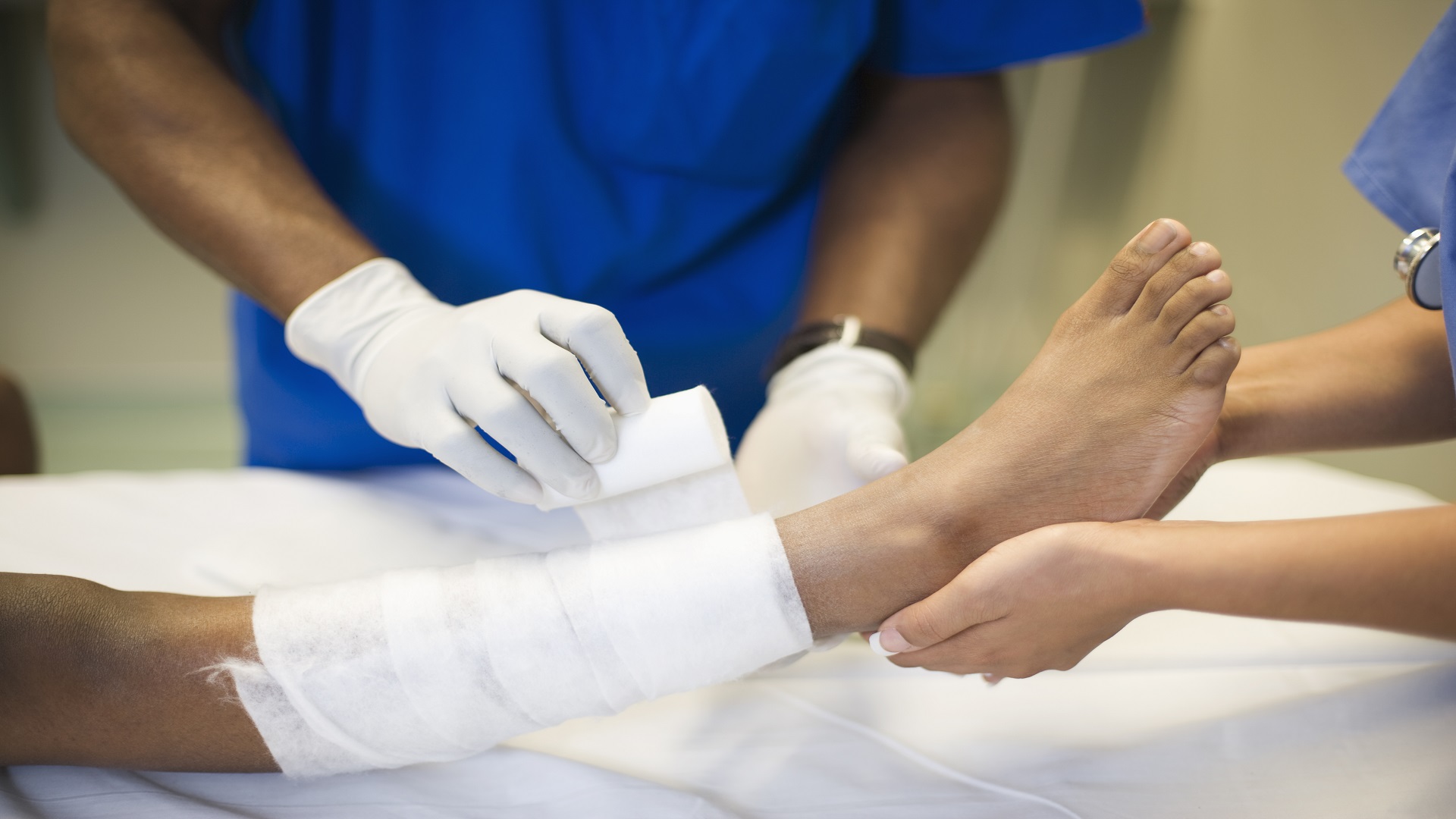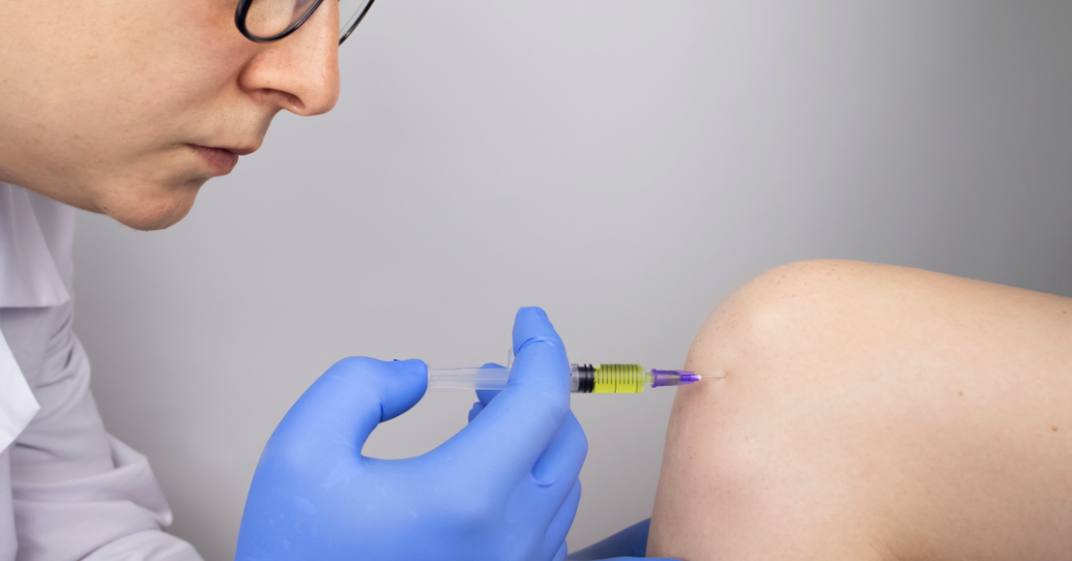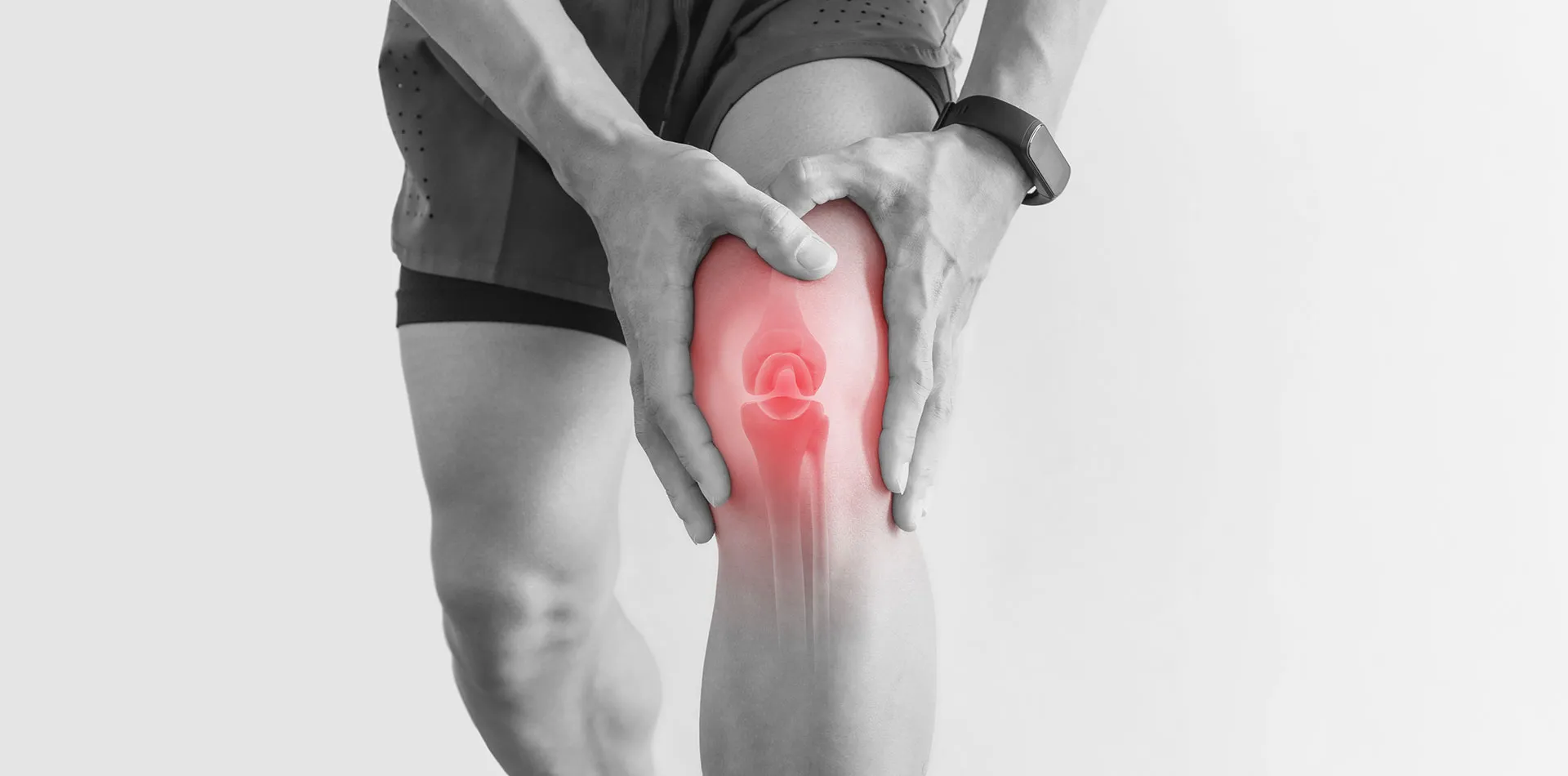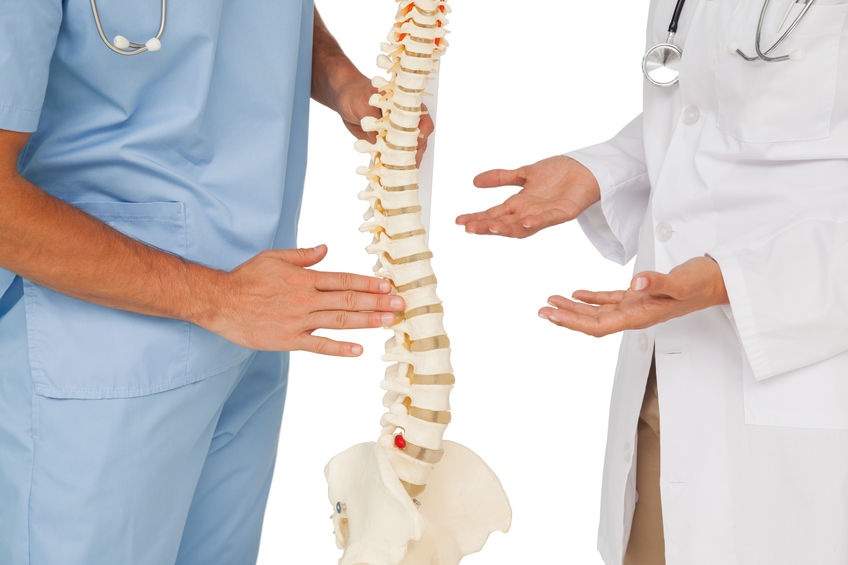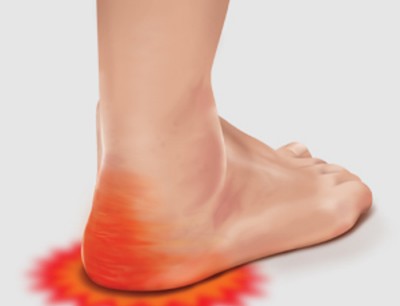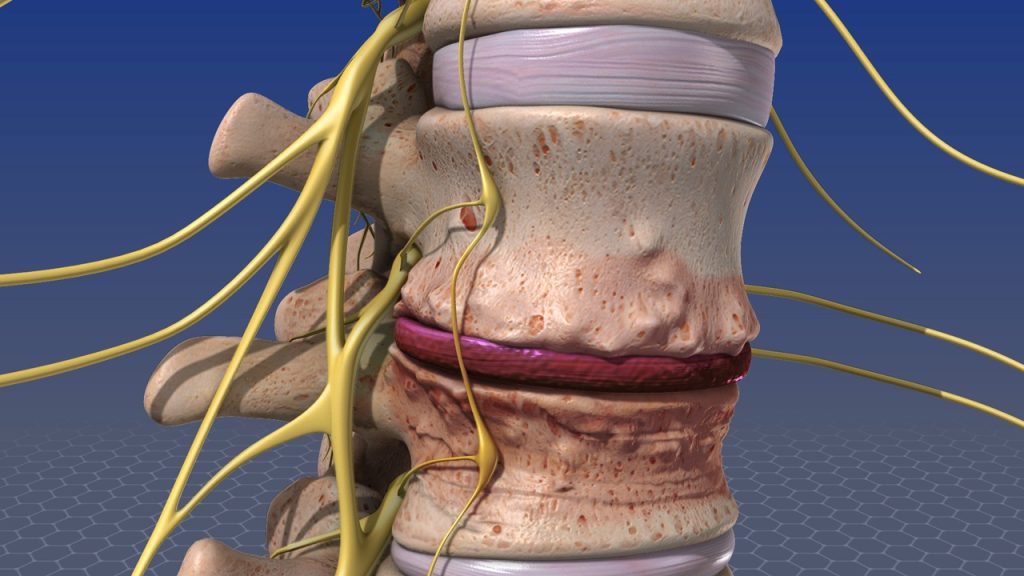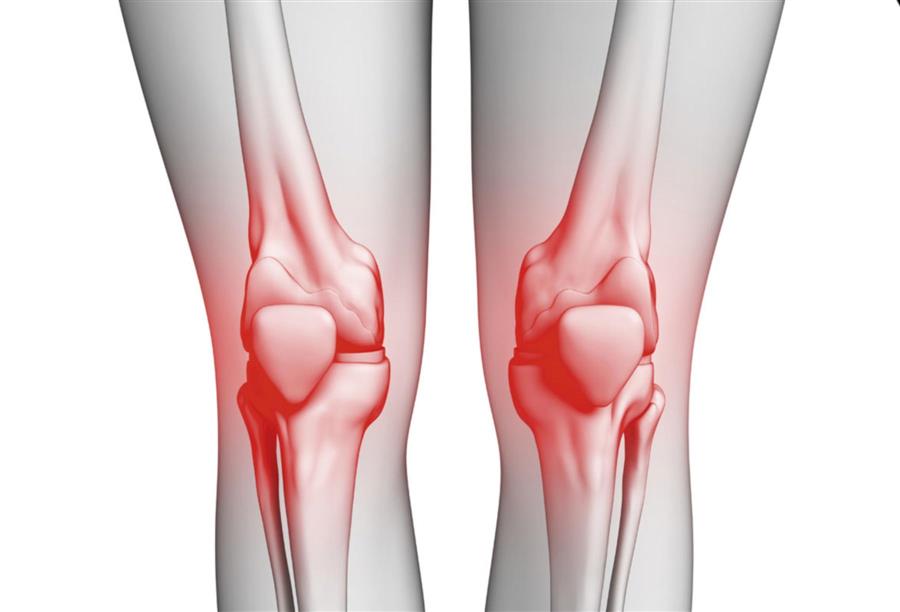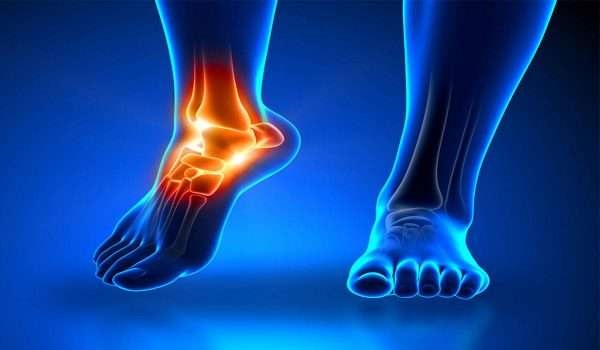Find the Best Hip Joint Replacement Doctor and Discover the Surgery Cost in Egypt!
The Best Hip Joint Replacement Doctor – Hip joint pain is one of the common pains that many people suffer from, causing discomfort and severe pain that can be unbearable. Individuals in search of relief often seek out the best orthopedic doctor to help them overcome their problems, alleviate their pain, and increase their chances of recovery. In this article, we will cover all the information related to hip joint replacement surgery, the steps involved, and the risks associated with it.
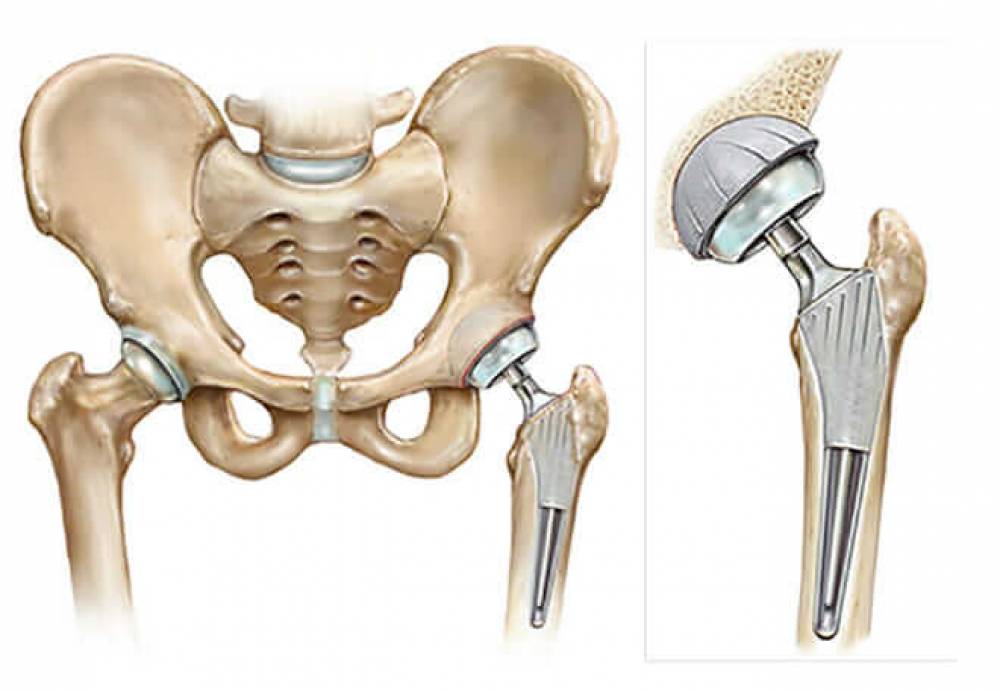
The Best Hip Joint Replacement Doctor
Get ready for a unique experience with Dr. Amr Amal, the leading expert in hip joint surgery. He offers the latest medical techniques and knowledge to ensure excellent results and lasting success.
Many doctors resort to hip joint replacement surgery due to the failure of all available treatment methods. What the patient is looking for before the surgery is the doctor who will perform the operation, as this plays a significant role in the success of the procedure and achieving the desired results. Hip joint replacement is a critical and delicate operation that requires a skilled and highly experienced specialist to increase the chances of recovery and relieve the patient’s pain.
Indications for Hip Joint Replacement Surgery
If a patient faces any of the following problems, they need to undergo hip joint replacement:
- The appearance of swelling in the hip joint.
- Bone necrosis or avascular necrosis, which results from inadequate blood supply to the thigh bone, leading to tissue death in the joint and the need for replacement.
- Problems hindering the natural development of the hip joint since childhood, resulting in joint inflammation that may require surgical replacement.
- Direct injury to the hip joint, such as a fracture, leading to cartilage damage, joint stiffness, and unbearable pain.
- Osteoarthritis, which refers to a joint problem caused by the wear and tear of the cartilage cushioning the hip joint’s ball-and-socket joint. This condition leads to bone-on-bone friction, severe pain during movement, and is common among older adults.
If you would like to learn more about hip joint replacement surgery, we recommend reading this article.
How to Prepare for Hip Joint Replacement Surgery
Before undergoing hip joint replacement surgery, the patient must undergo several examinations, including a review of their medical history, a clinical examination, blood and urine tests, an electrocardiogram (ECG), and hip joint X-rays, among other tests as recommended by the specialist.
There are some preparations that precede hip joint replacement surgery. The doctor advises the patient to follow certain instructions and guidelines before the procedure, helping them achieve the best results and avoid potential complications, including the following:
- Overweight or obese individuals should reduce their weight to alleviate the load on the artificial joint after implantation.
- Patients should avoid any dental procedures two weeks before the surgery.
- Patients undergoing hip joint replacement surgery should refrain from taking certain medications, such as blood-thinning drugs, for one to two weeks before the surgery.
- Patients should refrain from smoking cigarettes for at least one month before hip joint replacement surgery.
Types of Hip Joint Replacement Procedures
The doctor diagnoses the patient’s condition and thoroughly examines the hip joint to determine the type of procedure the patient will undergo. These procedures include:
- Total Hip Joint Replacement: In this procedure, the hip joint is replaced with the ball end of the thigh bone and the socket of the pelvic bone.
- Partial Hip Joint Replacement: The general practitioner replaces one part of the joint, either from the thigh bone or the pelvic bone.
- Resurfacing of the Hip Joint Surface: This procedure is performed on both the thigh and pelvic bones.
Get a pain-free and unrestricted life with hip joint replacement surgery with Dr. Amr Amal.
Steps for Performing Hip Joint Replacement Surgery
There are sequential steps that the doctor follows during hip joint replacement surgery, including the following:
- Initially, the patient changes into surgical attire and wears a surgical gown.
- The anesthesiologist approaches the patient and administers either general anesthesia or regional anesthesia. The doctor may inject anesthesia around the nerves or in the joint and its surrounding nerves to alleviate post-surgery pain.
- The surgeon makes an incision through the layers of hip tissues, either from the front or the side.
- The doctor removes the deteriorated bone and damaged cartilage without touching the healthy bones.
- A socket is created in the healthy pelvic bones to accommodate the artificial joint.
- The surgeon replaces the round ball of the hip joint with another artificial ball made of metal or ceramic and secures it in its designated position.
- Once the surgery is completed, the doctor meticulously closes the incision.
- The patient is then transferred to a designated room, where blood pressure, heart rate, and pain levels are monitored during and after awakening.
- Some patients may leave the hospital and return home on the same day as the surgery, but typically, patients stay under observation for a day or two.

How Long Does Hip Joint Replacement Surgery Take?
In general, hip joint replacement surgery takes from one to two hours to complete, but this may vary depending on the patient’s specific case. If the surgeon encounters extensive bone damage during the procedure and needs to perform reconstruction and building, the surgery may take longer than expected. We understand the importance of your active lifestyle and physical flexibility. With advanced hip joint replacement surgery, you will regain your full vitality and forget about pain, restoring a life filled with movement and enthusiasm. If you would like to learn more about hip joint replacement surgery and the duration of the procedure, click here.
Recovery Stages After Hip Joint Replacement Surgery
After completing the hip joint replacement surgery, the patient typically stays in the hospital for about 3 to 5 days, depending on the speed of recovery and the type of surgery performed by the doctor. The patient begins gradually practicing walking with the assistance of crutches and a walker.
The doctor monitors the patient’s ability to stand and sit independently and their ability to move without assistance. Recovery usually takes between 6 to 8 weeks until the patient can resume their normal daily activities. For more information on the stages of patient recovery after hip joint replacement surgery, you can refer to this article.
Post Hip Joint Replacement Exercises
After hip joint replacement surgery, certain exercises play a significant role in increasing blood circulation in the legs and feet, which is crucial for preventing blood clots. These exercises also help strengthen muscles, improve hip movement, and reduce swelling. Many doctors recommend that patients start these exercises as soon as they can, even in the recovery room shortly after surgery. At first, the patient may not feel comfortable, but these exercises will help speed up recovery and alleviate post-surgery pain. Here are some exercises:
- Ankle Pump Exercise: Performed by lying on the back and raising and lowering the ankle by pulling it up and then pushing it down. This exercise is repeated ten times in one set, and one set is done every hour the patient is awake, gradually increasing over time.
- Knee Bend Supported by the Bed Exercise: Performed by moving the foot toward the buttocks and bending the knee while keeping the heel on the bed. Hold the bent position for 5 to 10 seconds and then straighten the leg. This exercise is repeated ten times in one set, and three to four sets are done per day.
- Heel Raise Exercise: Performed by evenly distributing body weight on both legs and gently standing on the toes by lifting the heels off the ground. Maintain thigh, foot, and hip alignment while keeping the body straight. Slowly lower the heels back to the ground. This exercise is repeated ten times.
- Standing Abduction Exercise: Ensure the knee, foot, and hip point forward and maintain a straight body. Move the leg sideways, lifting it from the ground and then lowering it slowly. Repeat this exercise ten times in one set and perform three to four sets per day.

Tips After Hip Joint Replacement Surgery
We have a set of tips that the patient should follow to aid in a quicker recovery after undergoing hip joint replacement surgery. These tips include the following:
- The patient should inform their dentist that they have had hip joint replacement surgery during the recovery period to take necessary precautions and prescribe antibiotics to avoid infections that could potentially harm the new joint.
- The patient should use crutches and a walker during the initial recovery period and avoid putting full weight on the artificial joint.
- It is essential to maintain a healthy and balanced diet that includes essential nutrients such as iron, which helps in tissue healing and muscle strengthening.
- The patient should avoid gaining excessive weight to maximize the longevity of the joint.
- Elevating the legs as much as possible during the recovery period can help reduce swelling.
- Comply with the instructions provided by the physical therapist during the new joint’s rehabilitation period to regain the ability to use the joint comfortably and freely in a short period.
- Ensure the patient takes prescribed medications at the appropriate dosage and timing.
- Keep the incision clean and dry at all times.
- It is advisable for the patient to refrain from engaging in activities they were accustomed to before completing their recovery period to avoid dislocating the new joint or experiencing other complications.
Possible Risks of Hip Joint Replacement Surgery
Many people wonder if hip joint replacement surgery is dangerous. We can say that, like any surgical procedure, it comes with complications and risks, but the chances are relatively low. The likelihood of developing arthritis after hip joint replacement surgery does not exceed 2% of patients. In addition, there are other potential medical complications, such as heart attacks or strokes, but they are less common. However, patients with chronic conditions are at a higher risk of complications. These potential complications include:
- Blood Clots: One of the most common complications of hip joint replacement surgery is the formation of blood clots, which can be life-threatening if they travel to the lungs. Doctors prescribe blood-thinning medications to prevent this.
- Infection: Infections can occur either superficially or deeply around the artificial joint. Superficial infections are treated with antibiotics, while deep infections may require additional surgery or even the removal of the artificial joint.
- Loosening: Parts of the implanted joint may become loose, necessitating a revision surgery.
- Hip Dislocation: While rare, hip dislocation may occur, but it is often reducible without requiring another surgery.
- Leg Length Discrepancy: Some natural lengthening of the legs may occur due to muscle stiffness around the joint.
- Nerve Damage: Hip joint replacement surgery affects the sciatic nerve from behind and the femoral nerve in front, but the severity of nerve injury decreases over the first six months post-surgery.
- Wear and Tear of the Artificial Joint: Over time, the artificial joint may wear out, and the patient may need another replacement surgery.
What Is the Success Rate of Hip Joint Replacement Surgery?
“Do you suffer from hip joint pain? Discover a new world of comfort with Dr. Amr Amal and his amazing hip joint replacement surgery. Embark on a journey to pain relief and full restoration of your natural movement.”
Hip joint replacement surgery is known for its high success rate, which can reach up to 97%. However, the success rate depends on the patient’s condition and any underlying diseases such as diabetes. Some complications may occur after the procedure, such as joint dislocation, wound infection, or bone fracture during fixation, especially in patients with osteoporosis. Proper alignment of the new joint or equal leg length should also be ensured. If you would like to learn more about the success rate of hip joint replacement surgery, you can refer to this article.
What is the cost of a hip joint replacement surgery in Egypt?
The prices for hip joint replacement surgery in Egypt can range from 150,000 to 300,000 Egyptian pounds. This significant variation depends on several factors that directly influence the pricing, including:
- The overall health condition of the patient.
- The skill, competency, and experience of the surgeon and their academic qualifications.
- Pre-operative preparations and examinations performed by the surgeon.
- The quality and modernity of the medical equipment and techniques used by the surgeon.
- The duration of the patient’s stay in the hospital.
- The quality and hygiene standards of the hospital, as well as its commitment to following quality standards.
- The type of hip joint the surgeon installs.
- The expected lifespan of the artificial hip joint.
“Dr. Amr Amal’s experience makes hip joint replacement surgery safer and more successful.”
Numerous studies have shown that 85% to 90% of artificial joints used for hip replacements are capable of performing their function without any problems and can last for a long period, ranging from 15 to 20 years, provided they are well taken care of. Therefore, doctors advise patients to take good care of their hip joint to ensure it lasts as long as possible.
Who is the best hip joint replacement surgeon in Egypt?
Dr. Amr Amal is considered one of the most renowned orthopedic surgeons in Egypt. He possesses the necessary experience and high competence that make him the best choice for hip joint replacement surgery.
His medical center at Dar Al-Fouad Tower, occupying the fourth floor, number 418, is equipped with the latest medical technologies to ensure the hip joint replacement surgery is carried out in the best possible manner. Additionally, Dr. Amr Amal has unique abilities in the field of pharmaceutical treatment, local injections, arthroscopy, and various joint surgeries.
In addition to his specialization in orthopedic surgery, Dr. Amr Amal has extensive experience in diagnosing and treating various types of fractures and performing stabilization surgeries using state-of-the-art medical techniques and various types of plates and fixators.
Dr. Amr Amal is considered a distinguished and talented physician at Ain Shams University, where he plays a significant role in teaching and training future doctors in the field of orthopedic and joint surgery, as well as arthroscopy. His role extends beyond academia, as he also holds the position of a consultant in orthopedic surgery at Ain Shams University. According to many patients, Dr. Amr Amal is the best choice for hip joint replacement surgery. Therefore, it is essential to rely on him when seeking treatment for bone and joint problems.

